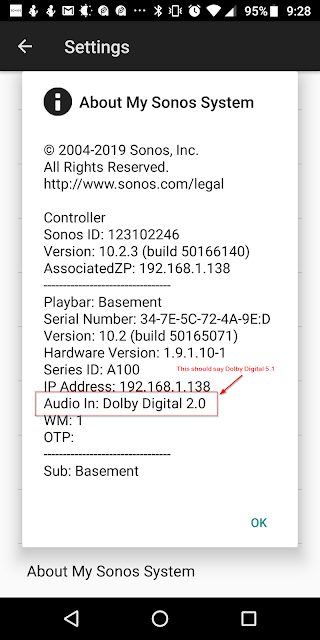The company has created a nice five minute installation video on YouTube that shows the entire installation process, which I recommend watching completely before starting the installation.
As instructed, I started the installation process on the inside of the camper before moving to the roof. With the new vent installed on the roof, I went back into the camper to wrap up the installation. This is when I discovered the design flaw with the Valterra product.
The Valterra vent has a new lift slide pre-installed. Here is a photo from their own installation video. Notice how the circular opening for the lift slide is positioned away from the hinge:
This directly conflicts with the factory installation, as you'll see later in their installation video when they remove the factory vent lid:
Later in their installation video, we see the completed installation:
The problem is the Valterra lid bracket -- it is backwards. The way the circular opening is positioned creates two problems:
- The lift arm can become dislodged from the slide when the vent lid is closed
- There will be a larger effort to "start" the lift process, as the lift arm needs enough force to pop out of the circular opening and begin sliding down the track. This has the potential to put additional wear on the lift mechanism.
In order to fix this, you need to manually invert the bend in the Valterra bracket, and drill two new locating holes. Here are the steps I used to complete this process:
This is a nice product, and I recommend it, but the included bracket needs to be redesigned such that the vent continues to operate as the original. Valterra's own installation video shows this design flaw clearly.















